How to Choose
To decide which products to use for your ignition system consider the following factors:
Trigger System
The ignition timing is triggered by the engine position. A Ref signal indicating crank shaft position and a Sync signal indicating camshaft position (optional) provide this information to the ECU. Many different types of trigger sensors may be used. These signals can be derived from the OEM system or by using MoTeC's trigger wheels and crank and cam sensors.
ECU
The ECU calculates the engine position from these Ref/Sync signals, and applies the appropriate ignition timing. The number of ignition output signals needed in a particular application depends on the engine (number of cylinders) and the ignition mode. If the number of ignition outputs available on the ECU is not sufficient, this can be increased by using a MoTeC IEX.
Inductive Ignition versus CDI Systems
In an inductive ignition system, the coil is charged at battery voltage for a period of time—known as 'dwell time'—prior to firing. The dwell or charge time is controlled by the ECU and should match the coil being used in order to not over or under charge. Undercharging reduces available spark energy, while overcharging can cause overheating of the coil and/or ignition module. Inductive ignition systems produce a spark, at a lower voltage with a longer duration compared to capacitor discharge ignition systems.
A CDI, Capacitor Discharge Ignition system is charging constantly and sends a large voltage charge (380–450 V) to the coil. The spark produced is extremely short in duration and at a much higher voltage than an inductive setup. Note that inductive coils should not be used with a CDI system; CDI compatible coils are required.
There are three main engine running characteristics to consider:
- High cylinder pressures: Generally, higher cylinder pressures require more voltage to initiate a spark. Boosted or nitrous injected engines create tremendous cylinder pressures that increase resistance to lighting the ignition spark. CDI systems are most often used on these engines.
- High RPM: The time available to charge the coil in an inductive system reduces at higher RPM. If the time available is shorter than the time required for a full charge, coil power and, as a result, performance will be reduced. A CDI system might be required.
- Lean mixtures: The shorter spark duration in CDI systems might not be sufficient to ignite enough of the mixture to propagate the flame front through the cylinder. Inductive ignition will perform better in this setup.
Most vehicles, including high performance road and race applications use an inductive ignition system. Generally, if your engine can run correctly on an inductive setup, it is better to leave it that way and install a CDI system only when your engine, due to high RPM or cylinder pressure, requires that you do so.
Charging the Coils
The ignition signal is provided to the ignition module that controls the coil. Choose either inductive or capacitive discharge ignition modules with the correct number of channels.
Distributor
Depending on the ignition mode your application might need a distributor to deliver the spark to the relevant cylinder.
Ignition Coils
Depending on your system, choose either inductive or capacitive discharge ignition coils.

